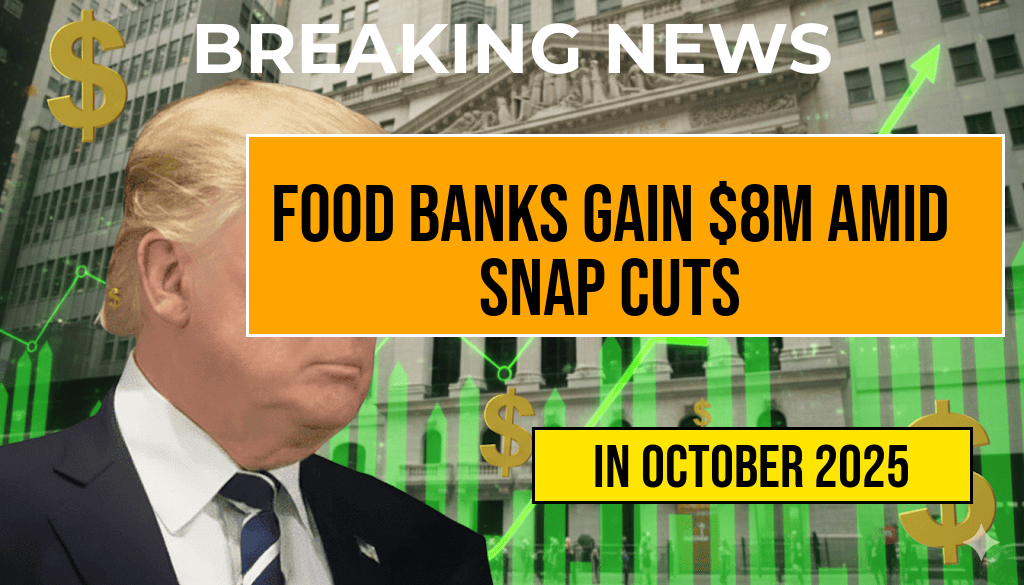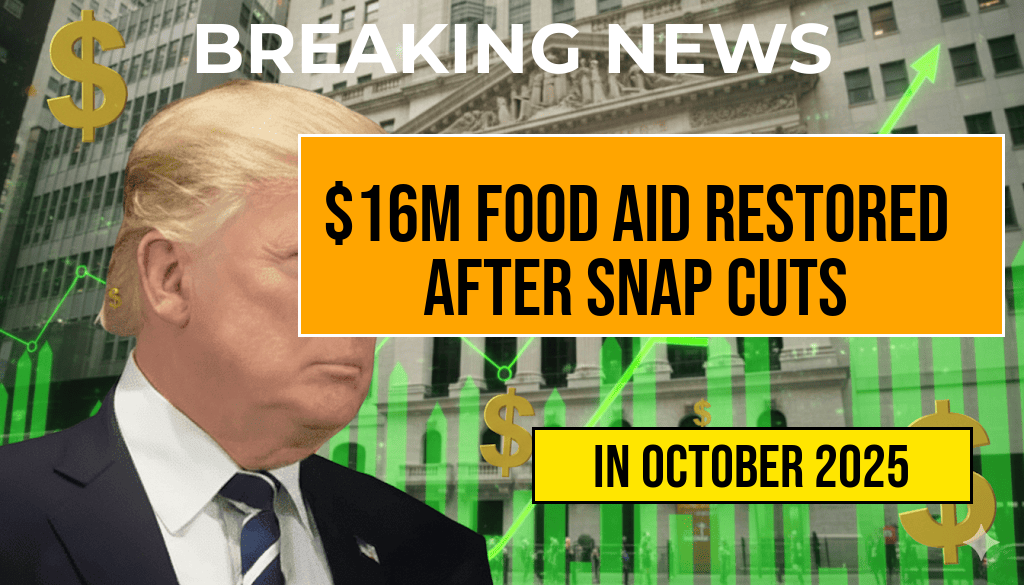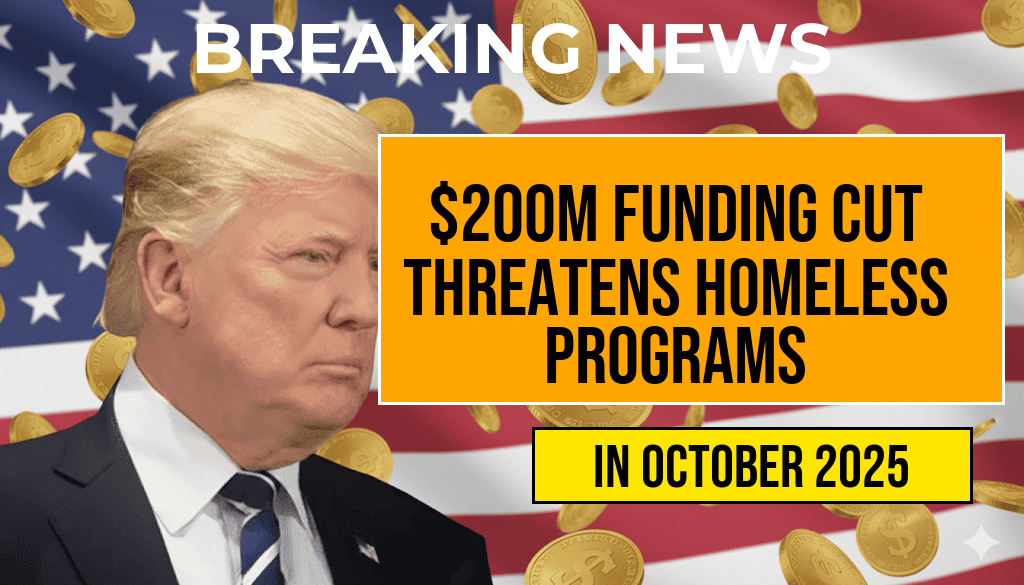As federal authorities implement significant reductions to the Supplemental Nutrition Assistance Program (SNAP) benefits nationwide, food banks across the country are girding for increased demand. In response, several major philanthropic organizations and state agencies have announced a combined $8 million boost to their food assistance initiatives, aiming to bridge the widening gap for vulnerable populations. This influx of funds comes amid a backdrop of ongoing economic challenges, with millions facing food insecurity as government support diminishes. Experts warn that these measures, while helpful, may only serve as a temporary relief in a landscape where demand is expected to surge in the coming months.
Federal SNAP Reductions Spark Increased Food Bank Support
Recent policy shifts at the federal level have led to a notable reduction in SNAP benefits, affecting approximately 8 million recipients nationwide. The cuts, which amount to an estimated $X per household, are part of broader efforts to recalibrate the program’s budget amidst changing economic forecasts and legislative negotiations. While proponents argue that the adjustments are necessary for fiscal responsibility, advocates for food security warn that such reductions threaten to deepen hunger levels among low-income families.
In response to these developments, several non-profit organizations and state governments have committed additional resources to food assistance programs. An alliance of food banks, including Feeding America and local entities, announced a combined $8 million increase in funding dedicated to emergency food supplies and outreach. This effort aims to mitigate the immediate impact of benefit cuts and ensure that food assistance remains accessible during a period of heightened need.
Impact of SNAP Benefit Cuts on Food Security
| Item | Details |
|---|---|
| Number of affected households | Approximately 8 million |
| Average benefit reduction per household | $X (varies by state and household size) |
| Additional food bank funding announced | $8 million |
| Expected increase in food insecurity risks | Likely to rise without supplementary support |
According to data from the U.S. Department of Agriculture, nearly 13 million households experienced food insecurity in 2022, a figure expected to climb with the recent benefit reductions. Food banks serve as critical buffers, often absorbing the initial shock of economic downturns and policy shifts.
State-Level Responses and Community Initiatives
Several states have stepped up to address the immediate needs of their residents. California, New York, and Illinois have announced supplementary funding programs, supplemented by local initiatives targeting communities hit hardest by the SNAP cuts. For example, Illinois’ Department of Human Services has allocated an additional $2 million to its food pantry network, focusing on underserved neighborhoods.
Community Outreach and Food Distribution Efforts
Food banks are expanding their outreach to ensure that those most affected are aware of available resources. Mobile food pantries, drive-through distributions, and partnerships with community organizations have become more prevalent, aiming to reach vulnerable populations including seniors, immigrants, and unemployed workers.
- Enhanced communication campaigns through social media and local media outlets
- Extended hours at distribution centers
- Targeted support for non-English speakers and culturally specific food items
Challenges and Future Outlook
Despite increased funding efforts, experts warn that the long-term outlook remains uncertain. The interplay of federal policy, economic recovery trajectories, and rising inflation could place ongoing pressure on food assistance programs. The Forbes notes that without sustained investment and policy adjustments, the risk of widespread food insecurity could persist well beyond current relief efforts.
Non-profit organizations emphasize the importance of systemic solutions that address the root causes of poverty and food insecurity, including affordable housing, livable wages, and access to healthcare. While the recent $8 million boost offers immediate relief, experts warn that comprehensive strategies are necessary to build resilience in vulnerable communities.
Summary of Key Funding and Policy Changes
| Aspect | Details |
|---|---|
| SNAP benefit reduction | Approximately $X per household, affecting 8 million recipients |
| Additional food bank funding | $8 million announced by various organizations and states |
| Projected impact | Increased demand for food assistance, potential rise in food insecurity |
As policymakers and community organizations navigate this complex landscape, the focus remains on ensuring that those most at risk do not fall through the cracks. Continued vigilance and adaptive strategies will be essential in safeguarding the nation’s most vulnerable populations from hunger and hardship.
Frequently Asked Questions
What is the reason behind the eight million dollar increase for food banks?
The increase is in response to SNAP reductions that have led to higher demand for food assistance, prompting additional funding to support food banks.
How much have the SNAP benefits been reduced?
The article discusses a reduction of X dollars in SNAP benefits, which has impacted many families relying on these supports.
Which food banks are affected by this increase?
The increase benefits various food banks across the region, helping them meet the rising demand caused by SNAP benefit reductions.
How will the additional funds be utilized by food banks?
The funds will be used to purchase food, expand services, and support families affected by the SNAP reductions during this period of increased need.
What can individuals do to support food banks during this time?
Individuals can donate food or funds to local food banks, volunteer their time, or advocate for policies that address food insecurity caused by SNAP benefit cuts.








